Village rises from ashes of war to become a model of rural vitalization, Zhao Ruixue reports in Zaozhuang, Shandong.
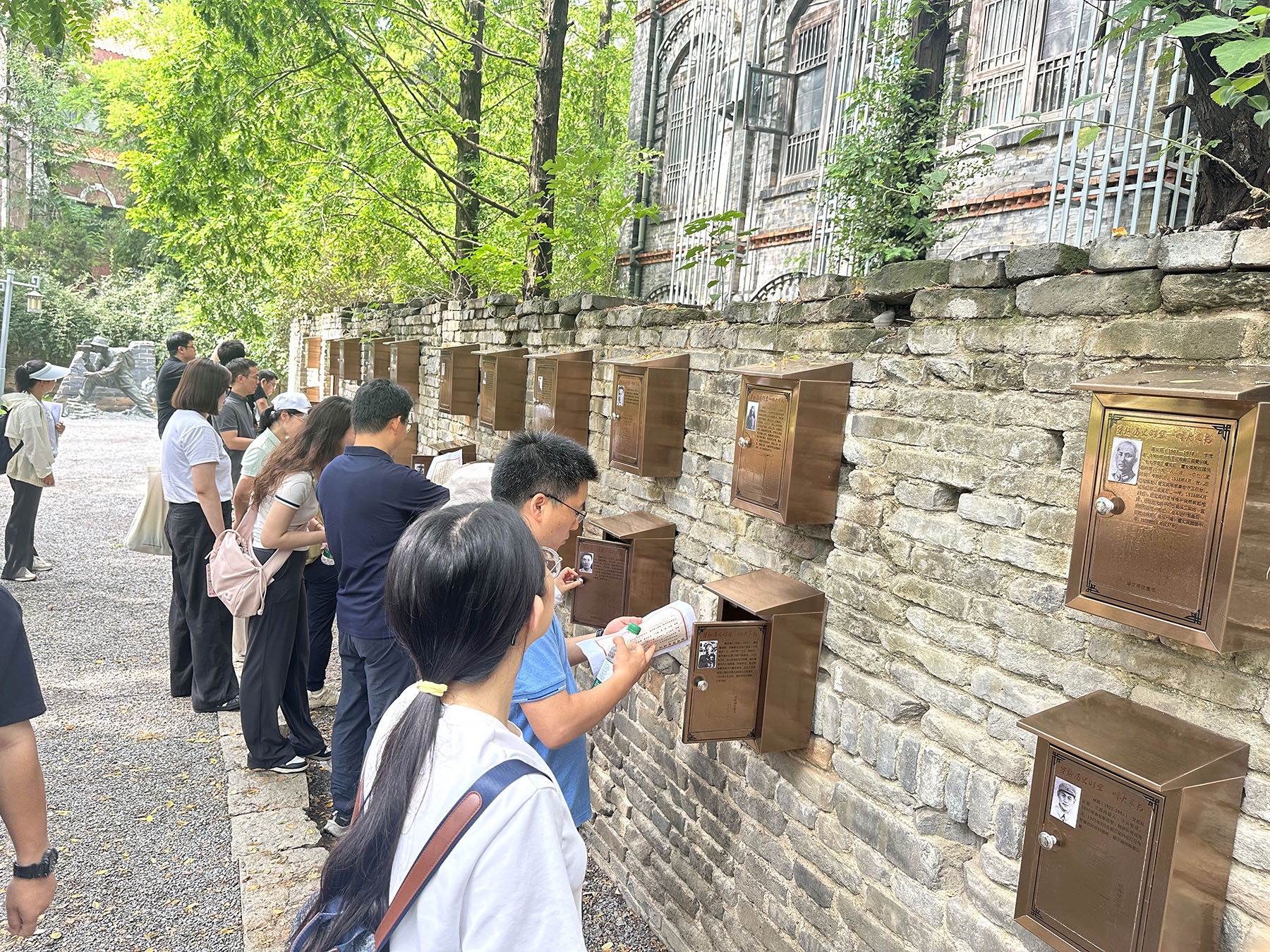
After a refreshing morning rain, sunlight bathed the Taierzhuang War Ruins Park in Zaozhuang, Shandong province, as crowds of visitors gathered around a bullet-riddled old house — a silent witness to the fierce fighting that once raged here.
This scarred building is one of 53 wartime relics preserved in the park, standing as a powerful reminder of the brutal Battle of Taierzhuang that took place in 1938, a pivotal conflict in the Chinese People's War of Resistance Against Japanese Aggression (1931-45).
"We will never forget how our nation united to resist foreign invasion. The peace we enjoy today was hard-won," says a 77-year-old tourist surnamed Zhou, visiting with a group of elderly travelers. "Young people must understand this history, love their country, and help it thrive."
The Battle of Taierzhuang is the best-known part of the Battle of Xuzhou.
READ MORE: A trek into history
Located on the northern bank of the Grand Canal 30 kilometers northeast of Xuzhou in Jiangsu province, Taierzhuang was the gateway to Xuzhou. Zhou Enlai, who later became premier of the People's Republic of China, sent Zhang Aiping, then a staff officer who became minister of defense in 1982, as a representative of the Eighth Route Army to meet with Li Zongren (or Li Tsung-jen), a Kuomintang military commander, and suggested that a major offensive be launched at Taierzhuang to deal a heavy blow to the Japanese army. Li agreed.
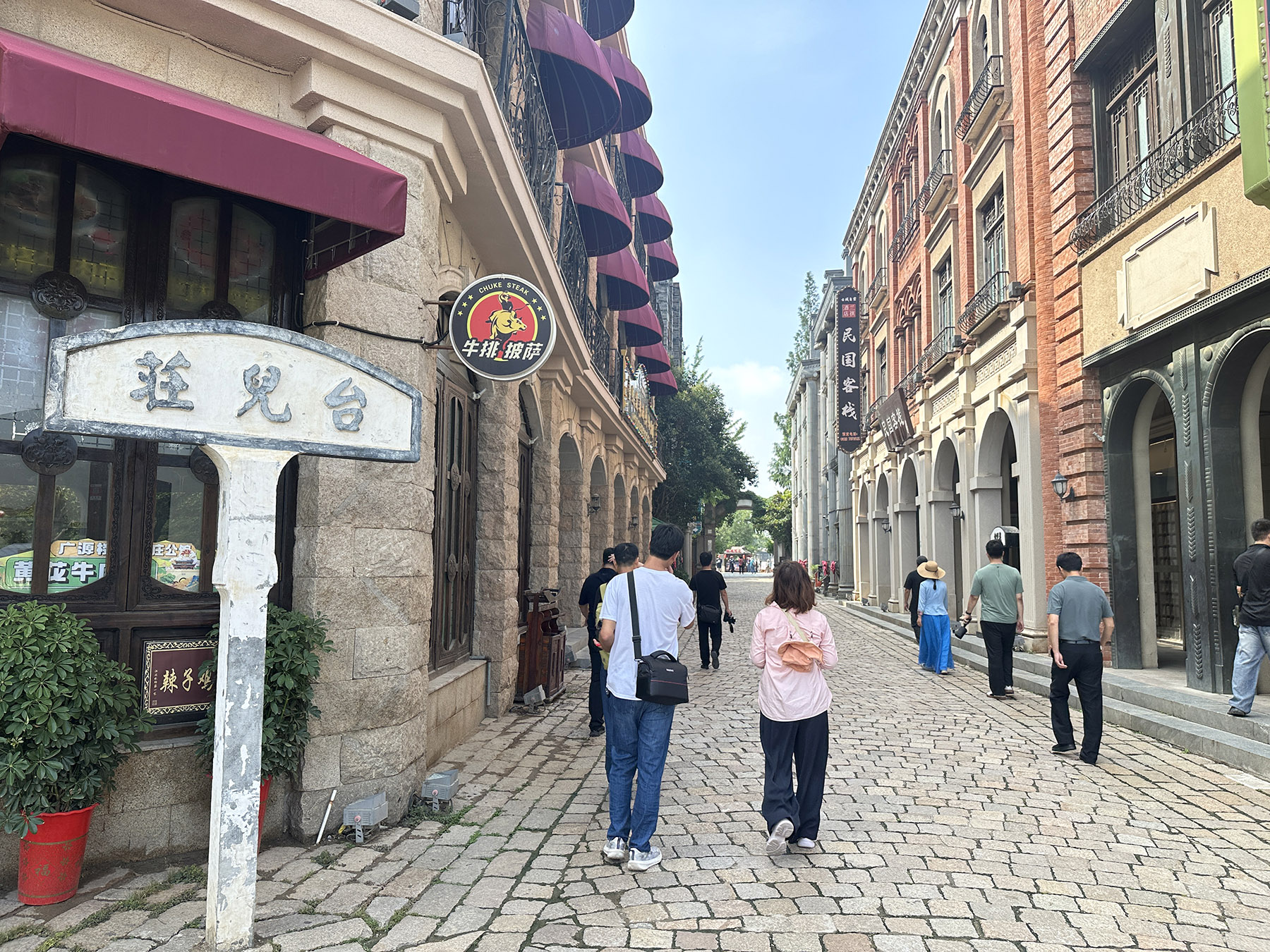
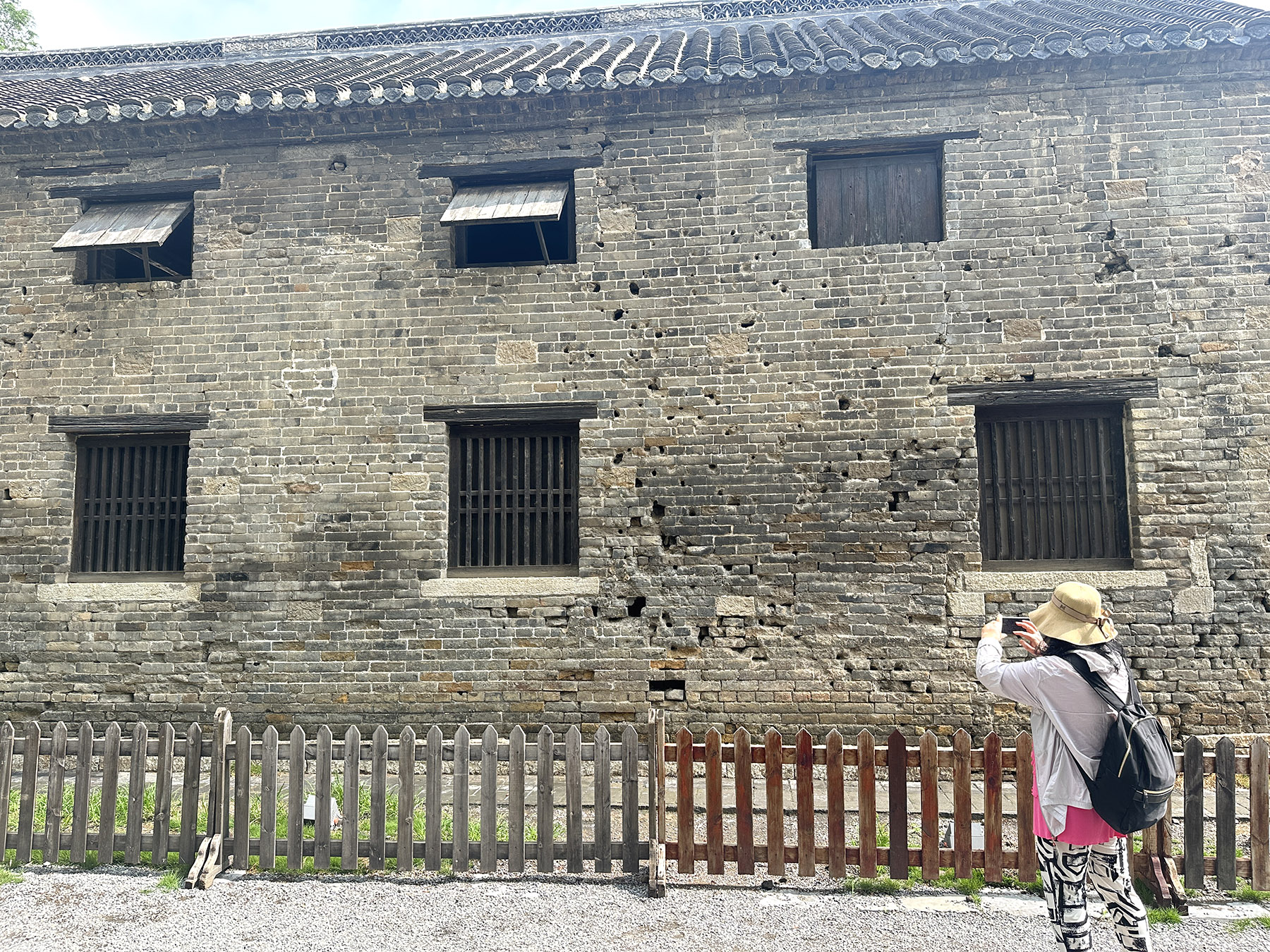
In March 1938, Japanese troops launched a surprise attack to quickly capture Xuzhou.
What followed was two weeks of brutal street fighting. The Japanese army's advantage in tanks and weapons was of little use in the narrow streets and dense buildings of Taierzhuang. Chinese troops also targeted the Japanese supply lines, adding to the pressure. Eventually, the Japanese were forced to retreat.
"This victory gave the Chinese people new confidence and shattered Japan's hopes for a quick conquest," says Kong Lingxin, director of the Taierzhuang War Memorial Hall.
"To the names of small towns famous as turning points in history — the Waterloo, Gettysburg, Verdun — we can add another. It is Taierzhuang, an ancient brick-walled settlement on the banks of China's Grand Canal," reads an article written by war photographer Robert Capa, whose photos about the battle are now on show in the Taierzhuang War Memorial Hall.
"After the fierce battle, over 90 percent of the structures in this once-prosperous canal town lay in ruins," says Wang Mi, former deputy director of the historical archives office of the Taierzhuang Ancient Town Management Committee. There was not a single wall untouched by bullets, not a patch of earth not soaked by blood, Wang adds.
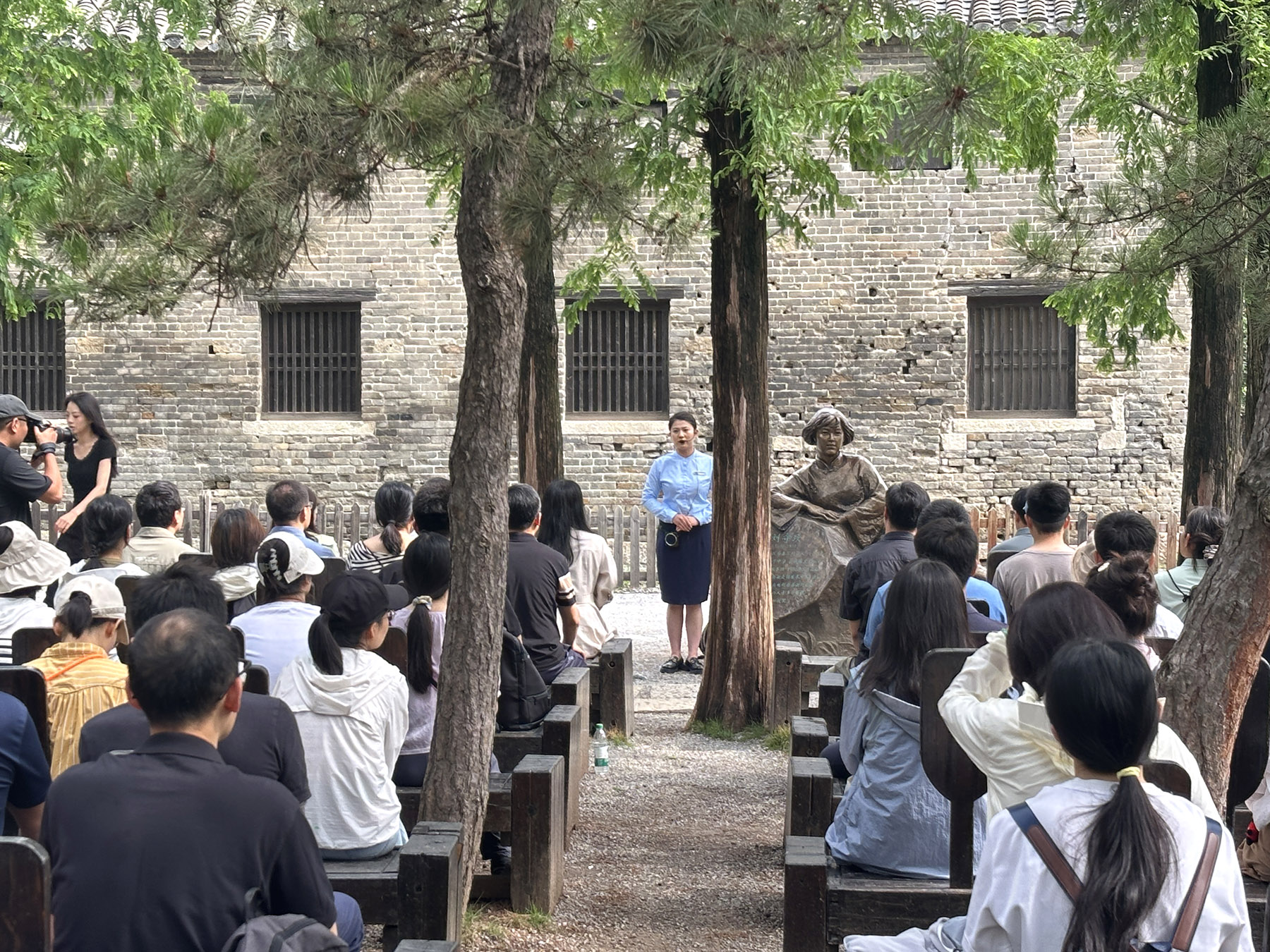
Today, the town has been rebuilt in the style of the Ming (1368-1644) and Qing (1644-1911) dynasties, preserving 53 wartime relics while reviving its historic charm. It is now a major cultural and patriotic destination.
On Yuehe Street, once a strategic alleyway, a sculpture of two soldiers crouching behind sandbags re-creates the fierce fighting that took place there. "This narrow lane saw some of the most intense close-quarters combat," says Zhang Ruirui, a guide.
A Japanese military report, now displayed at the Taierzhuang War Memorial Hall, described the Chinese defenders' tenacity, "Even as enemies, we could not help but admire their bravery. They fought to the last man in those cramped trenches, their bodies piled atop one another. They simply refused to surrender."
Nearby, a mosque was another bloody battleground. For seven days and nights, Chinese and Japanese soldiers fought for control over a 28-meter-tall crucial vantage point. The Chinese soldiers eventually eliminated hundreds of Japanese troops despite suffering heavy casualties.
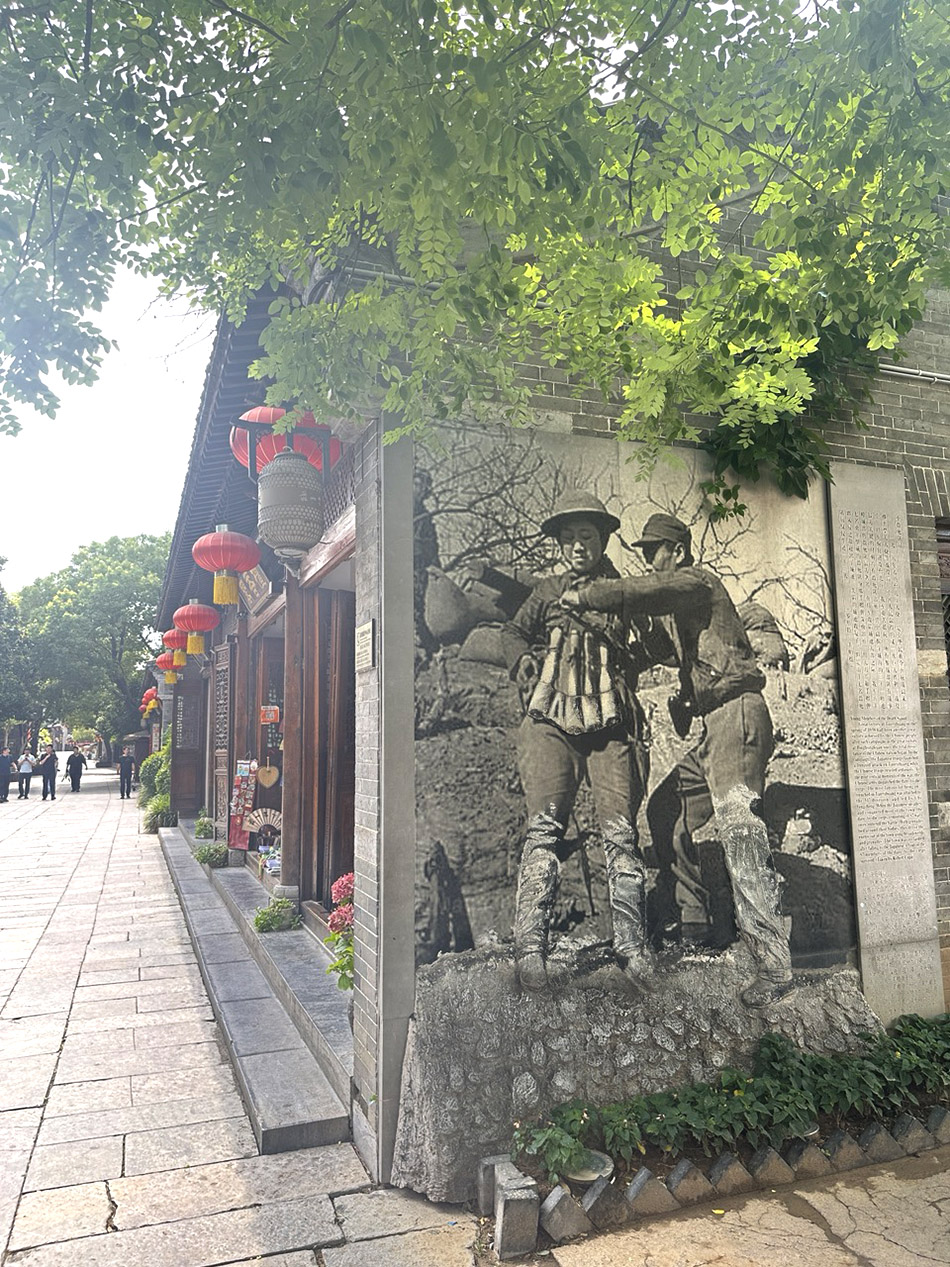
Inside the mosque, a 400-year-old cypress and a wall riddled with bullet holes still tell the story that unfolded 87 years ago.
"The restored town blends battle history with canal culture, featuring over 30 exhibition halls and 400 businesses," says Huang Xiaoli, assistant general manager of Zaozhuang Cultural Tourism Group.
Since reopening, the park has welcomed 87 million visits, including 500,000 to 600,000 students annually for patriotic education programs.
Beyond tourism, Taierzhuang's spirit of resilience fuels modern development.
Canglangmiao village of Taierzhuang, now a district of Zaozhuang, was once reduced to scorched earth by the war. Now, new roads, tidy houses, and ecological riverside walkways shape a thriving community.
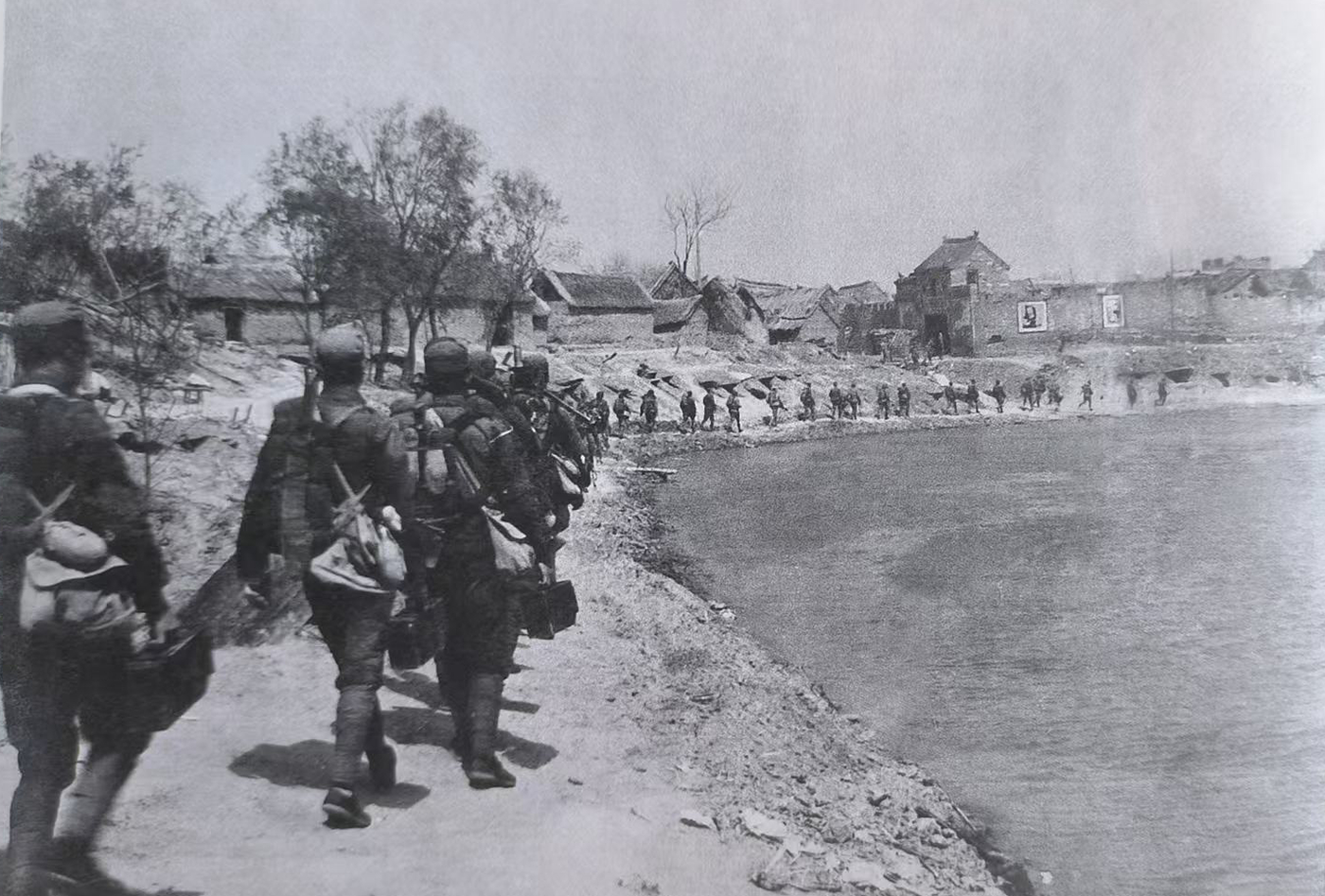
"Before, our roads were muddy, jobs were scarce, and young people left," says Wang Yanjun, village secretary of the Communist Party of China.
The village relied solely on rice cultivation, with its meager earnings failing to retain the younger generation. It was designated a poverty-stricken village of Zaozhuang.
But in recent years, the village has transformed into a provincial-level scenic area and a model of rural vitalization by developing greenhouses, agritourism and homestays.
ALSO READ: Legacy of courage
"Taierzhuang stands not just as a memorial to past sacrifices but as a beacon of perseverance and renewal," says Wang.
Zhang Xiaoping contributed to this story.
Contact the writer at zhaoruixue@chinadaily.com.cn


